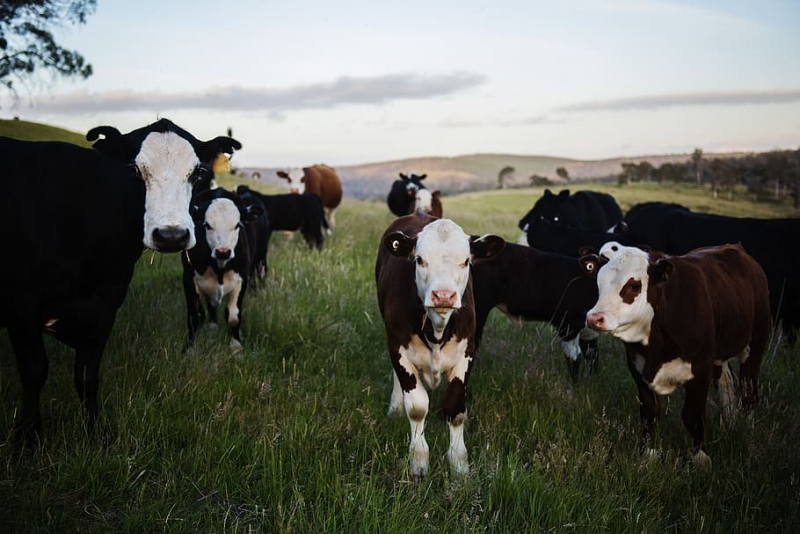Public Nuisance Lawsuits May Mitigate Meat Industry’s Environmental Impact
In “Animal Agriculture Liability for Climatic Nuisance: A Path Forward for Climate Change Litigation?,” Prof. Daniel E. Walters lays out a new path for climate litigation: environmental litigators should bring federal public nuisance suits to remedy environmental harms caused by animal agriculture. The piece originally appeared in the Columbia Journal of Environmental Law in 2019. The article was also selected as a top 20 article for the Environmental Law and Policy Annual Review in 2019—an ELI-Vanderbilt Law School project that identifies creative environmental law and policy proposals.
The agricultural sector generates around one-third of all global greenhouse gas emissions, with about 18% attributable to livestock production. Despite this large impact on the environment, the animal agricultural industry has for the most part avoided meaningful regulation under the United States’ federal environmental statutes. According to Walters, this regulatory gap may allow a nuisance lawsuit to move forward. In past public nuisance suits against fossil fuel producers and electric utilities, the comprehensive greenhouse gas regulatory framework under the Clean Air Act caused courts to dismiss the environmental lawsuits as “displaced” by the regulatory structure and the potential for EPA action. But because greenhouse gas emissions from the animal agriculture industry remain unregulated, a nuisance claim may succeed by avoiding the displacement pitfall into which previous lawsuits have fallen.
 |
Though a nuisance claim targeting the agricultural industry may proceed farther than its counterparts against other regulated industries, it is still possible that a court may find problems with such a case, including how to apportion liability, determine standing, or apply the political question doctrine. However, according to Walters, even if a nuisance claim did not result in a traditional litigation victory, many advancements could come as a result of pursuing a new strategy and at least moving past the summary judgment stage.
To be sure, the agricultural industry may be spurred to ask the government for preemptory legislation to protect itself, but it is also possible that the industry could feel pressure to innovate and to self-regulate. Additionally, a publicized claim would raise consumer awareness of the high impact of the meat industry on the environment, potentially prompting individual change and less meat consumption.
Walters summed up his approach this way: “With this piece, I tried to think about the avenues left open by the strategic choices that those incumbent industries had made in defending prior suits. And I hope that’s what people take away from the piece—there are lots of opportunities that open when other doors close, and we need to be scouring even the cases environmental advocates lose to find those opportunities to make progress where polluters are already boxed in.”
In short, although a claim targeting the animal industry has not yet been brought on this novel application of public nuisance, bringing such a claim could produce a favorable decision—or indirectly prompt action from the government, industry, and consumers.
